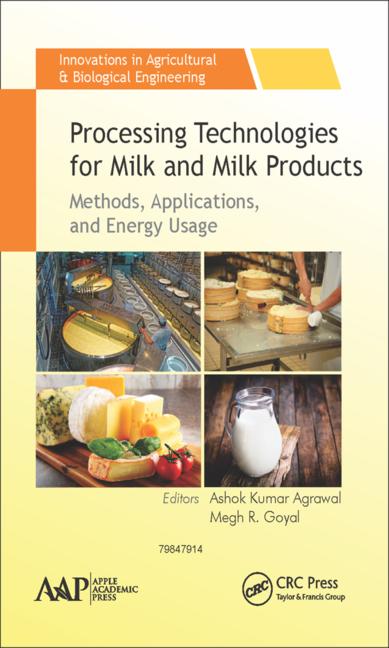The following report is excerpted from the USDA's Dairy Market News for the week of Jan. 7 to 11. Download the complete report here.
Milk production across the nation ranges from steady to increasing with the exception of Florida, which has experienced higher temperatures and humidity, lowering cow comfort levels and production.
Manufacturing milk supplies are heaviest in the Northeast, but more manageable compared to the holiday period. Processing plants in the rest of the country are working on reduced schedules as year-end milk supplies are worked through and other fluid handlers and smaller processors have resumed normal intakes. Cream supplies range from ample to heavy with markets unsettled as the lingering effects of the holiday period continue in some areas. Cream demand is slow to build with excess cream keeping churns operating on increased schedules
EAST: Manufacturing milk supplies remain fairly heavy in the Northeast and Mid-Atlantic regions, but are declining from levels reached over the holiday period. Unloading delays experienced over the past two weeks are no longer occurring, because Class I demand is strong as bottling plants are refilling pipelines and resuming full production schedules.
Other dairy manufacturers are also in the process of resuming production schedules following their holiday shutdowns. Milk production is picking up slowly with good component levels. Class I demand has come back stronger than expected in Florida with no one factor causing the increase, but some contacts have mentioned that stores are restocking heavier than last year, after the holidays.
MIDWEST: Dairy cooperative managers, milk marketers and balancing plant operators state farm milk intakes in the North Central area continue to build steadily, well ahead of expectations at most locations. Most processing plants returned to post holiday production schedules this week. Exceptions to that were caused by the abrupt closing of a fluid milk plant in Wisconsin, which generated milk handling issues. Drivers of milk tankers were reportedly turned away from the plant late last week, without explanation. Fluid milk suppliers to the plant scrambled to reroute milk away from that bottling plant, and other fluid operations stepped in to resupply bottled milk to customers of the closed plant. Reports later in the week indicate the fluid plant operator filed for bankruptcy. Other than that isolated occurrence, milk supplies are reportedly in balance.
WEST: California milk production trends are typically higher on a week-to-week basis with overall volumes trending below year ago levels. The effects of high input costs still remain strong concerns across the state. Despite milk pricing levels being more favorable, the overall environment is still affecting a majority of dairy producers. Industry sources indicate the producers are selling more cows and others are leaving the trade. Processing plants are working on reduced schedules as yearend milk supplies are worked through and other fluid handlers and smaller processors have resumed taking normal needs.
Arizona milk output has flattened off a bit as cows in the state are at flush levels. There are expectations of higher trends yet. New Mexico milk production is steady to slightly higher with gains noted over the prior month. Milk production in the Pacific Northwest is mostly steady with seasonally cool, wet weather along the coastal areas. No significant problems with the handling of the milk supplies were reported for the first full week of the New Year. Class I demand is reported to be back to normal levels as more schools return after the holiday break. Milk supplies are being processed mostly within the region.
Utah and Idaho milk production levels are also mostly steady. Increased manufacturing demand from new facilities and some improved returns for milk, have dairy farmers looking at expansion plans. High feed costs for purchased feeds continue to weigh on those calculations.








